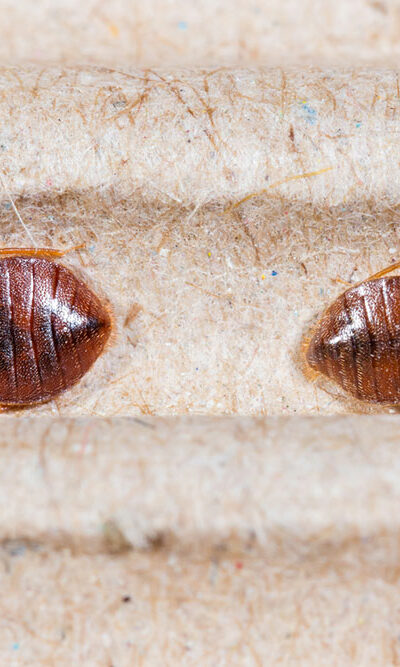
How to Check For Signs of Pollen Allergies
The onset of spring and summer is meant to be all about sunshine, colors, and outdoor trips. But is that not the case with you? Do you associate change of seasons with watery eyes, loss of voice, red nose, and going through endless boxes of tissues? Do you notice that there is a pattern to your allergy and you see them arrive at the same time every year? If you nodded for the above questions, then you are highly likely to suffer from a pollen allergy, hay fever, or as the doctor’s like to address it, allergic rhinitis. But the good news is that you are not alone. It is estimated that more than 25 million Americans suffer from signs of pollen allergies. It is also observed that kids are more vulnerable to catch season allergies than adults. You might be looking for ways to make your life allergy friendly by looking up treatment methods. But if you want to know the best reliefs, you must need to know more pollens, its causes, and the signs of pollen allergies. Let’s start by knowing what are pollens and how do they affect us. What are pollens? Pollens are powdery substances found in flowering plants, which help the plants reproduce their own species. Though some of the population is neutral to these pollens, there is a whole different set of people who are highly sensitive to them. Note that not every flowering plant causes pollen allergy. This is because only some plants like ragweed, oak, maple, etc., transfer pollens by releasing it in the air. Other plants use insects as the medium to transfer the pollen. Symptoms and signs of pollen allergies The signs of pollen allergies can be as simple as sneezing and coughing to something as fatal as tightness in chest and difficulty in breathing.










